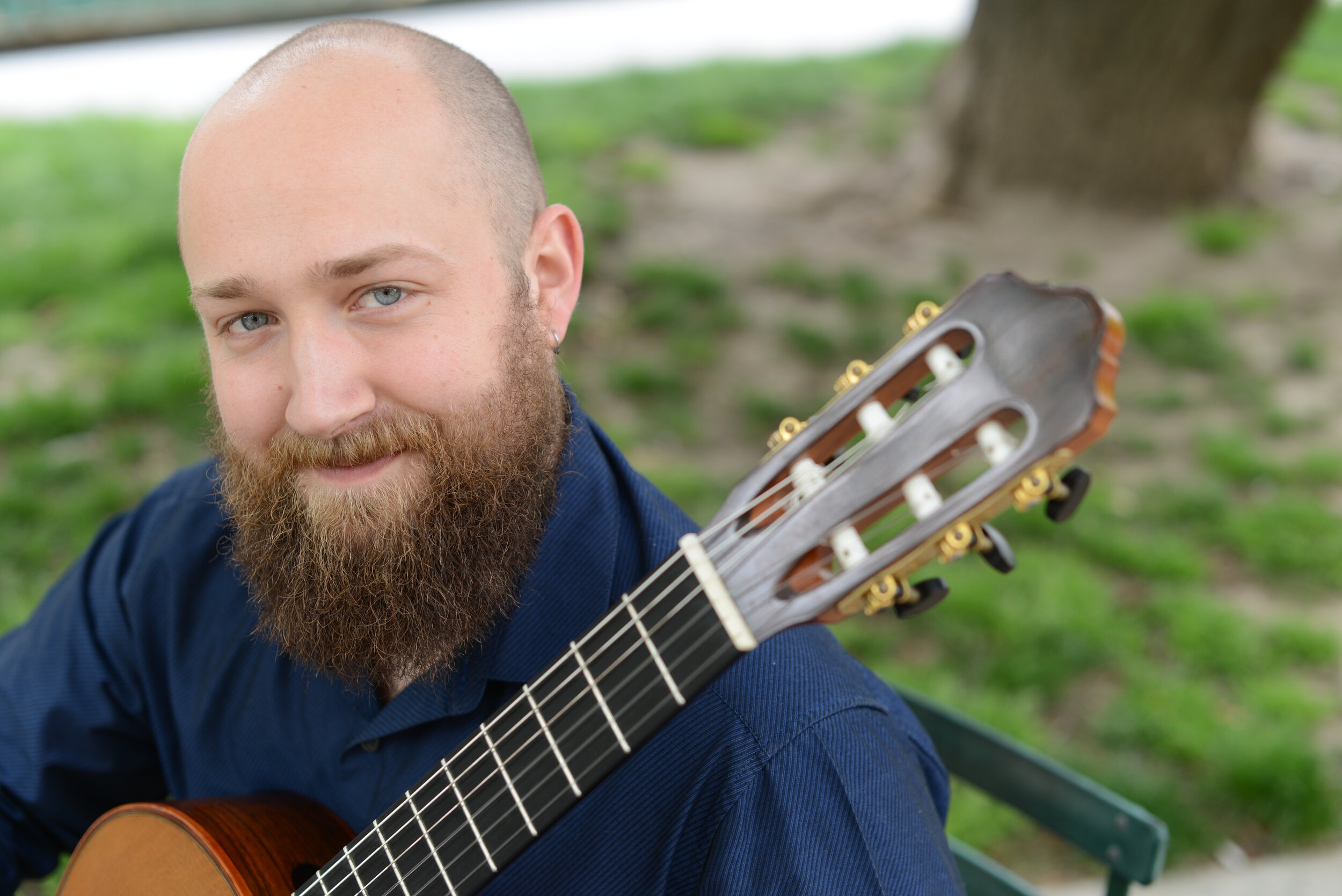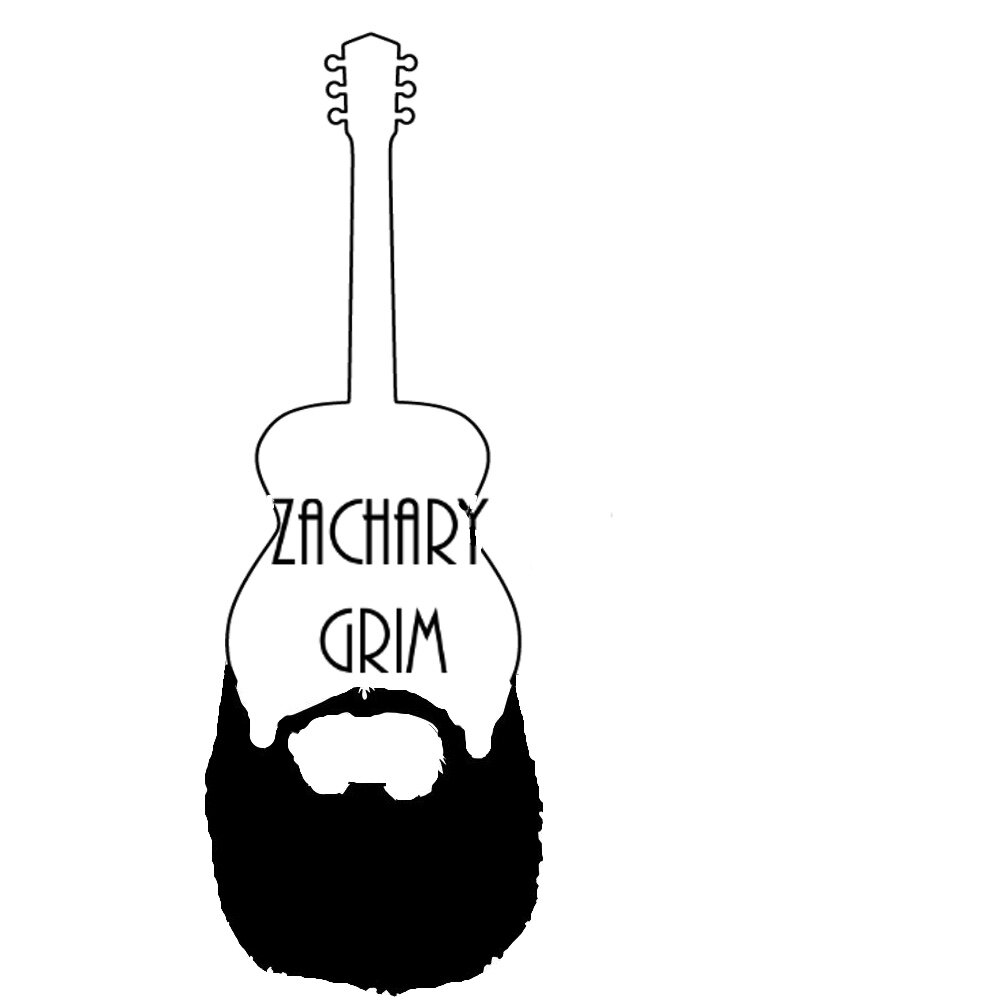
Abstract
Recent literature in guitar pedagogy has addressed some of the physiological challenges presented in the guitar’s repertoire; however the advice contained in this literature can be difficult to implement. This is due to a musician’s underdeveloped kinesthetic awareness, or proprioception. The process for developing proprioception is underdiscussed in the guitar literature and very little guidance is provided for those without a previously developed physical awareness. This paper analyzes guitar scholarship of the twentieth and twenty-first century as a means of creating a practical methodology of problem solving on the guitar that is anatomically informed, with a focus on developing one’s proprioception. I consult text-based scholarship that spanning multiple pedagogical traditions and two languages, English and Spanish. Text- based writing is included as a qualifier in order to differentiate the texts examined, where the majority of discussion is written, from traditional method books that primarily employ musical examples. The texts under examination are Abel Carlevaro’s School of the Guitar: Exposition of Instrument Theory (1984), Eduardo Fernandez’s Technique, Mechanism, Learning (2001), Ricardo Iznaola’s Summa Kitharologica (2013), Martha Masters’ Reaching the Next Level (2010), and Christopher Berg’s Practicing Music By Design (2019). These sources were chosen as they deal specifically with the way that guitarists use their musculature, learn new pieces, and employ effective problem-solving techniques. In what follows, I will outline the existing discourse on a technique, provide my own analysis, and outline exercises for developing one’s proprioception where appropriate. A key component of each exercise is that it contains directions that are observable and followable to those who do not have a fully developed proprioception.
The information contained is not exhaustive but is meant to represent a diversity of opinions on the topic. My writing will be organized according to specific techniques and concepts: playing position, left hand shifting, extensions and contractions of the hand, slurs, dynamics, practice design, and the variety of strokes performed by the right hand
